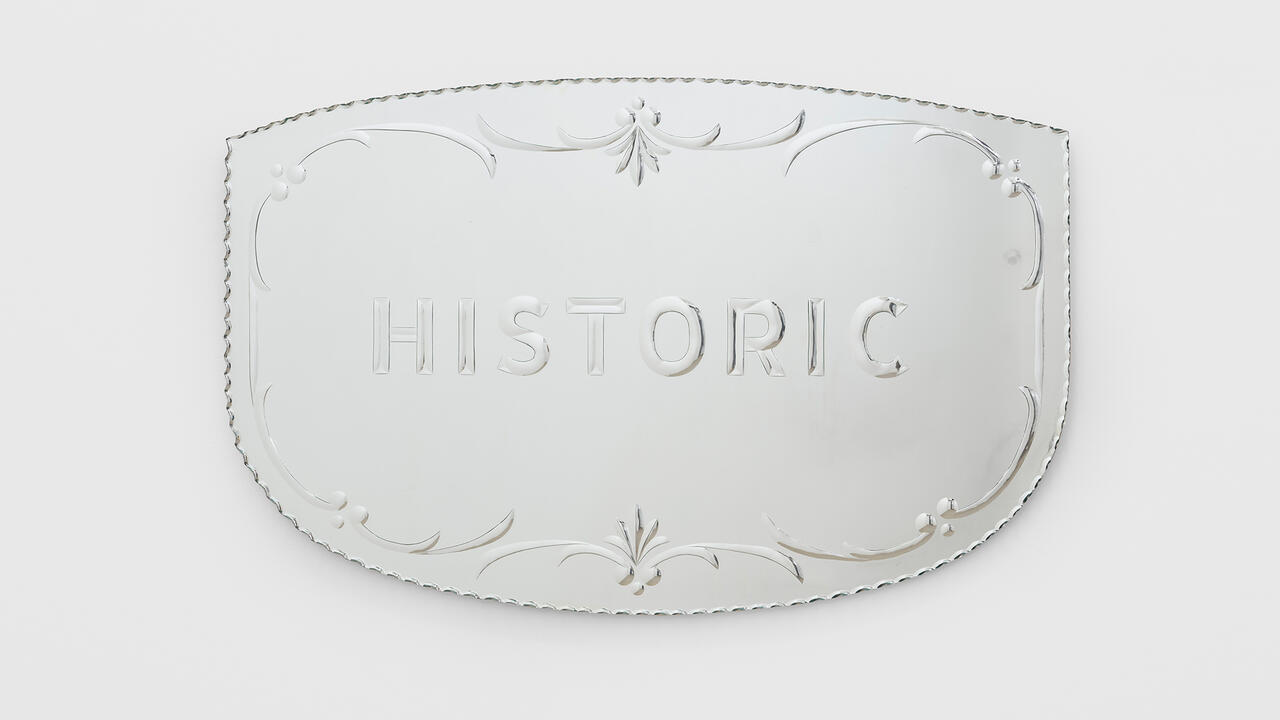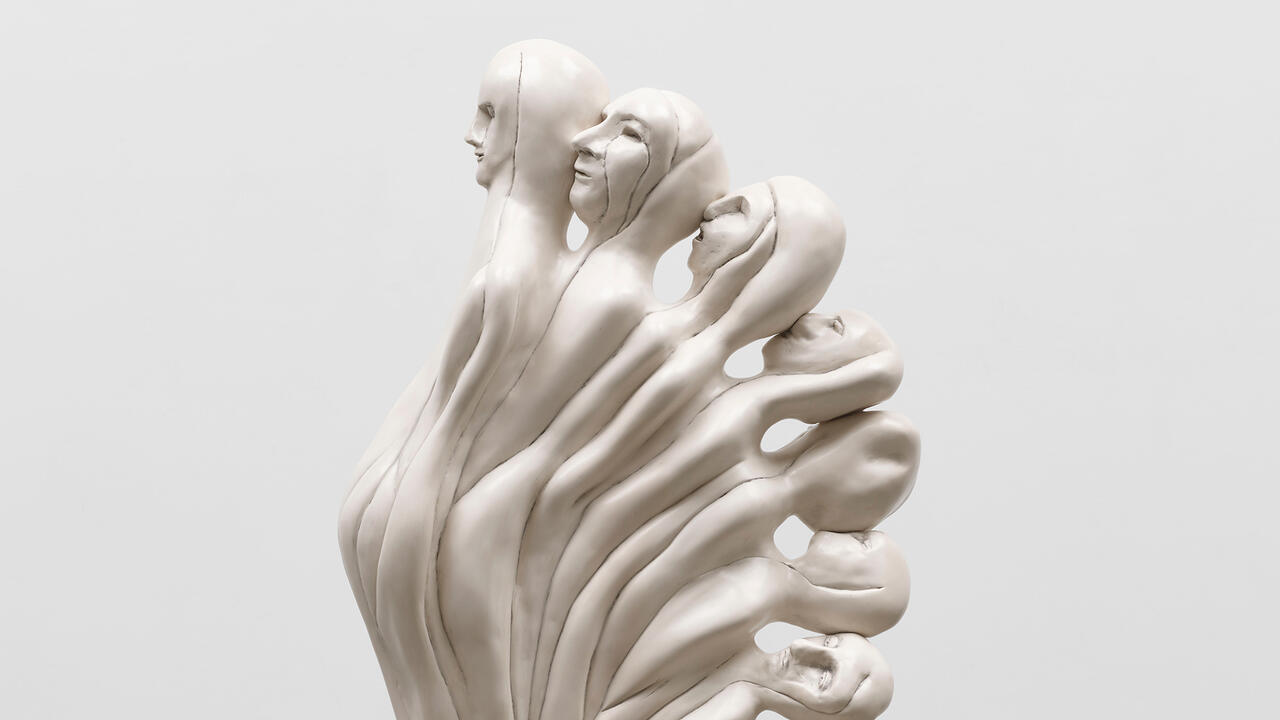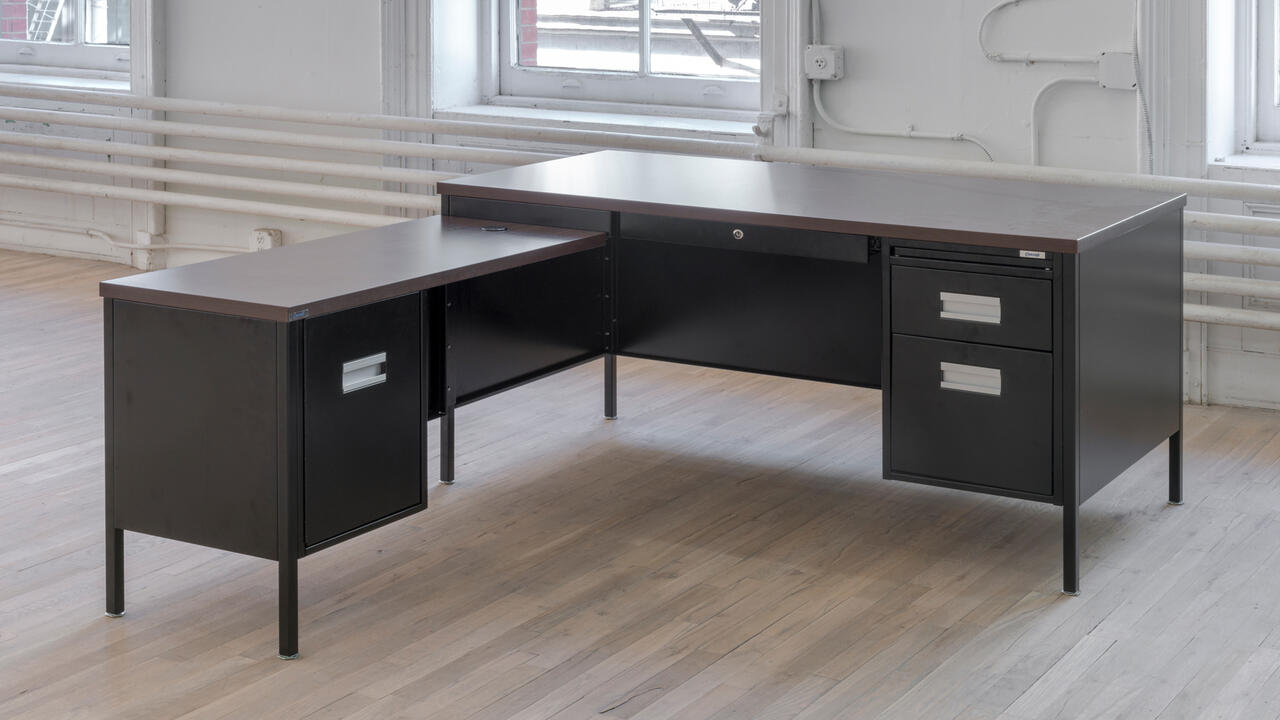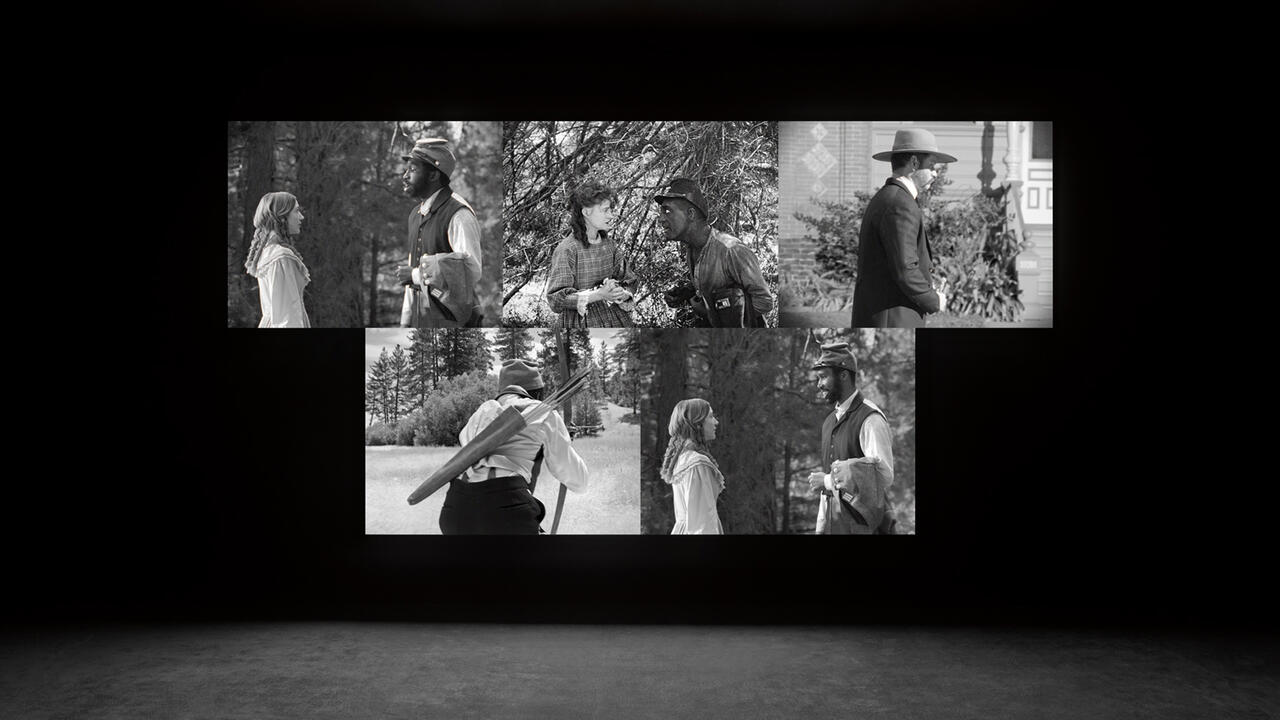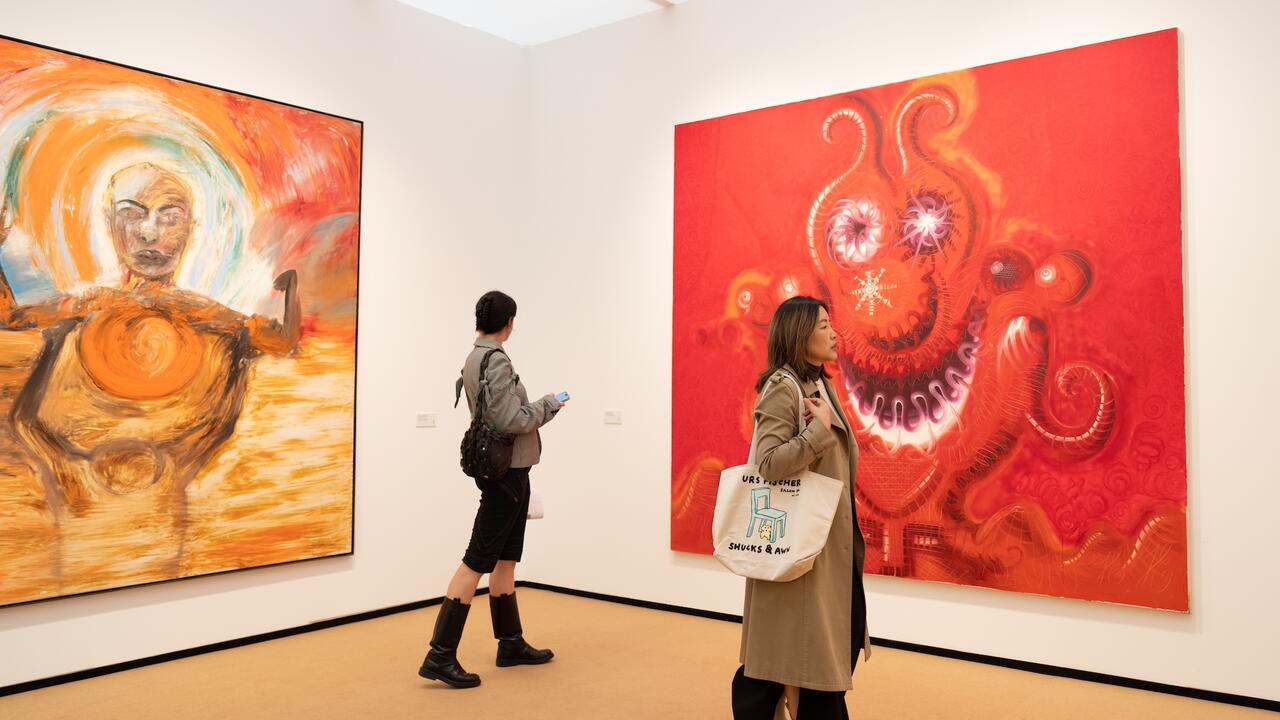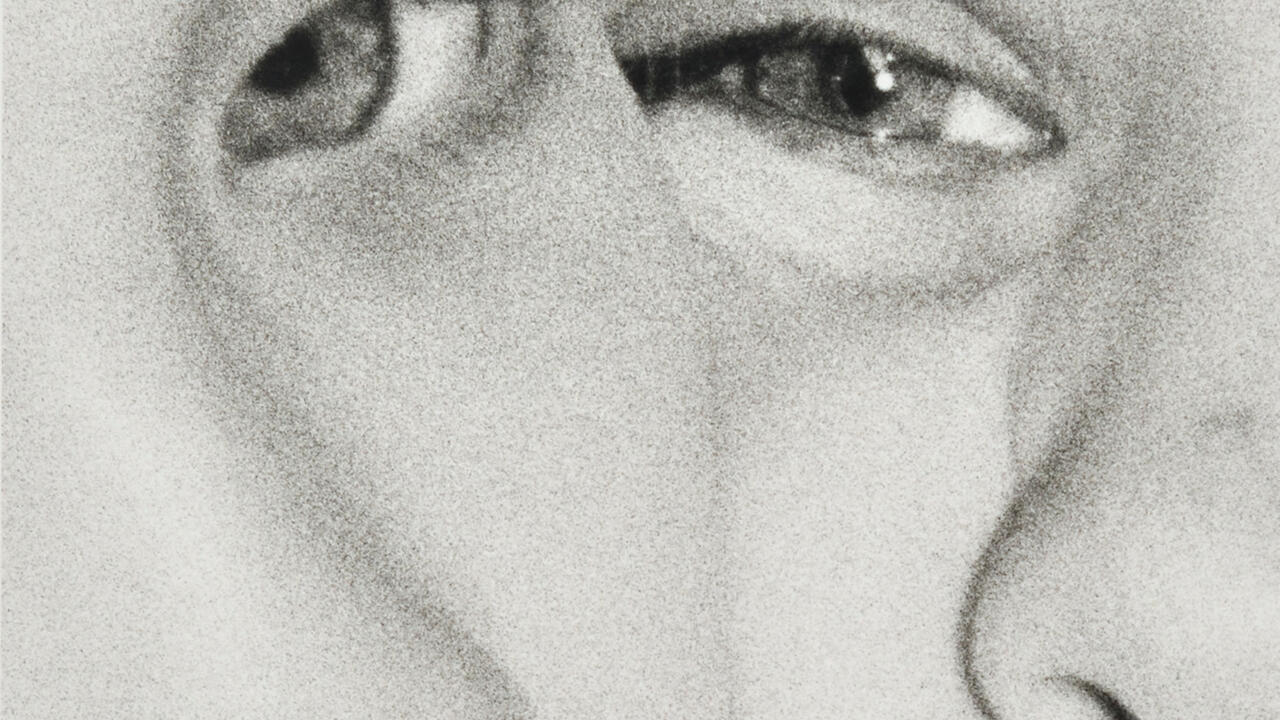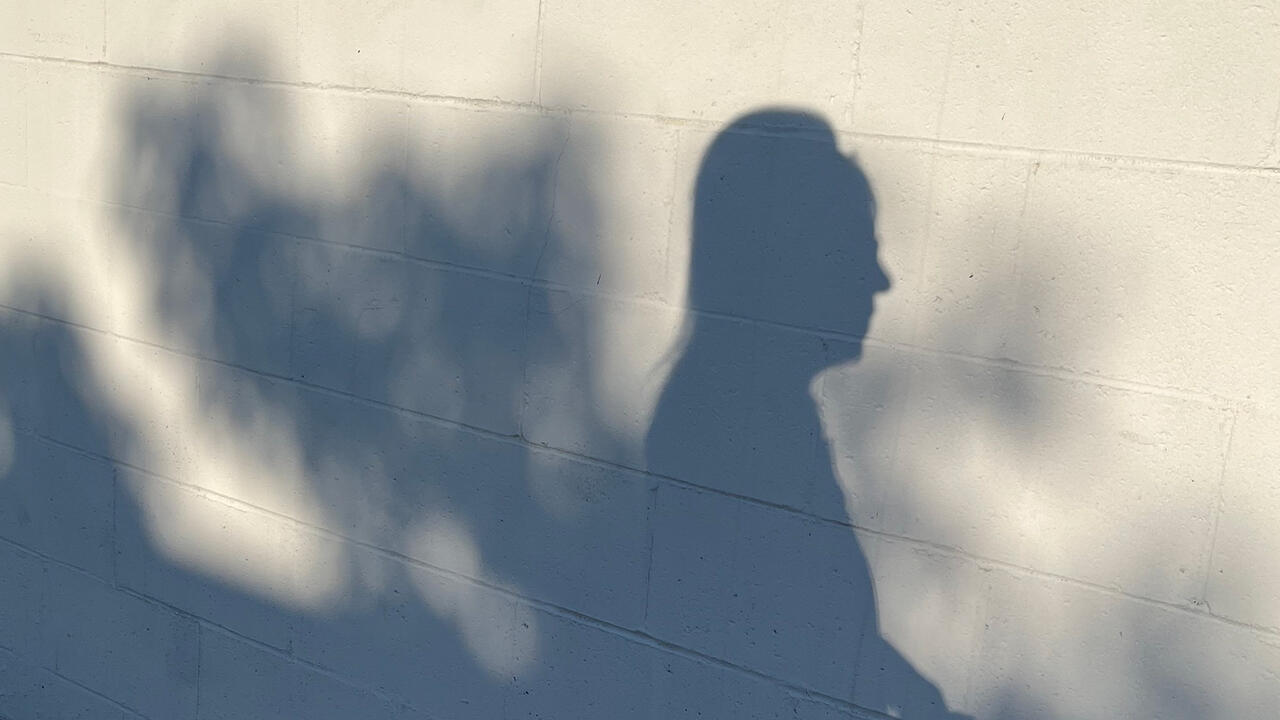How Artists Reveal the Emotion Hidden in Our Cities
Exhibitions of Do Ho Suh, Heidi Bucher and Doris Salcedo in London affirm the affective qualities of architecture
Exhibitions of Do Ho Suh, Heidi Bucher and Doris Salcedo in London affirm the affective qualities of architecture

When was the last time you cried over a table, or experienced an existential crisis while crossing a footbridge? Unless you’re an architect or designer, the answer is probably never. But contrary to the feel of anonymous glassy high-rises and soulless minimal furnishings defining contemporary city life, the built environment exerts an enormous psychological and affective power over its public. Three concurrent exhibitions in London reveal the emotionalism of such human landscapes, recasting objects and places we interact with daily as vessels capable of storing both personal and collective memory.
In the heart of the City, surrounded by sprawling modernist skyscrapers, a hanok – a traditional Korean house – has materialized upon a public footbridge near Liverpool Street. From either side of the to-scale dwelling spills a tangled bamboo garden, while the house lurches precariously at an angle, as if poised to slip off the walkway and onto the honking traffic lined bumper-to-bumper on Wormwood Street below. Bridging Home, London (2018) by the South Korean artist Do Ho Suh – a commission by Art Night and Sculpture in the City – behaves, like memory, as both a temporary roadblock and a potential space of reorientation.

It is dusk on a dark autumnal day, and as the surrounding cityscape slips into the deep purple sky hanging overhead, two security lights flicker on in the surreal garden. Startling a few pedestrians who were previously unaware of its presence, the house absorbs the responsibility of the malfunctioning street light nearby, illuminating the road for those crossing below.
Suh is known primarily for his haunting architectural installations in which panels of translucent pastel-tinged fabric are suspended from gallery ceilings as full-scale reincarnations of past homes; this move into the public sphere is both deliberate and unprecedented for the artist in London. While Bridging Home, London reflects his own experience as an immigrant to London, which Suh refers to as his ‘adopted home’, the installation reflects a broader pattern of migration characterizing the city’s East End. The confounding presence of Bridging Home, London – both unstable yet rooted in its new environment – makes the individual experience of migration both tangible and collective, extending empathy to the surreal feeling of floating between worlds.

South of the river at White Cube Bermondsey, Colombian artist Doris Salcedo has created an equally precarious and mythical environment. Five years in the making, Palimpsest (2013-17) takes on the migrant crisis in Africa and the Middle East through a time-based installation in which the gallery has been transformed into a living memorial.
A complex hidden hydraulic system runs beneath the gallery’s floor, where the names of 158 deceased refugees appear – either carved into the marble panels(for those who died before 2010) or through intermittent spurts of water (for those who died between 2011 and 2016, and whose deaths still linger). Computer algorithms periodically ‘flood’ the sand-like surface with new names as the floor mourns their loss in an endless cycle. Visitors must step over names to navigate the space; a careless foot can cause puddles of grief in wayward places. Impossible to evaporate or draw back underground, they glisten like silver underneath the gallery lights.

In the North Galleries, Tabula Rasa (2018)appears to be just that – five nondescript tables. Yet on closer inspection, they have been painstakingly repaired by a team of 20 assistants following a violent destruction that reduced the lot to thousands upon thousands of wood chips. Even where tightly recomposed, a threatening roughness lingers underneath the vulnerability. The tables’s legs, meanwhile, were not so lucky: big gashes are missing from their spindly frame, as if subject to a particularly vicious breed of termite. Based around a three-year period of interviewing rape victims, Tabula Rasa addresses the act of meticulous self-reconstruction following trauma as well as the exegesis of an inward suffering.
Floating somewhere between Do Ho Suh and Doris Salcedo are the latex and gauze ‘skinnings’ of buildings by the Swiss artist Heidi Bucher, currently on show at Parasol Unit. Like Suh, Bucher, who passed away in 1993, understood architecture as a repository of personal memory; yet for her, the process of peeling off its skin wasn’t an effort to transport the space into the present so much as isolate it as a relic of the past.

Although many of the rooms she cast were instrumental to her life – both studios occupied and childhood homes – Bucher had intensely problematic relationships with these spaces: the hermetic gentleman’s study; the lavish domestic architecture of the Swiss bourgeois. Casting was a means of distancing, and this desire for a critical separation was often reflected in their method of presentation – pierced and hung up on flag poles and trees, as with Fliegender Hautraum (1981); dumped in quarries and building sites; even, on one instance, stacked in mid-air by a crane: the billowing skin of her old family home, Ahnenhaus (1980-1982), flapping like a flattened doll’s house in the wind.
There is a certain violence to the work, made evident with the video work Bellevue, Kreuzlingen (1990) by Michael Koechlin that shows Bucher methodically peeling a skin also included in the exhibition. As if battling with a monster, Bucher makes small victories yanking the gauze off the double-height mahogany door, although it eventually consumes her. But unlike the works of Gordon Matta-Clark or Rachel Whiteread, Bucher’s work neither necessitates a permanent physical damage done to the architecture nor precedes its inevitable destruction.

Like our own skin, Bucher’s semi-translucent, amber-hued material stretches and weakens over time, subject to the laws of gravity and the wear and tear of exhibitionism. Perhaps, in choosing to cast the opulent architecture of bourgeois Swiss society – all balconies and shutters, shingles and parquet – Bucher intended to subject those values to a slow death: a public shaming. There is a seductive quality to the work, but also something grotesque – the pungent smell of latex reminiscent of a costume shop; the hairy follicles of Parquet floor of study in Winterthur-Wülfingen (1979), tinged with a sickly mother of pearl pigment, somehow twisting the luxurious subject and materiality on its head.
From influencing our wellbeing, as the Wellcome Collection’s current exhibition suggests, to reinforcing state supremacy, as evinced by the work of Forensic Architecture (a finalist in this year’s Turner Prize), the socio-political power of architecture has become a salient topic in recent years. But in our discussion of such spatial politics, we can miss the emotional and affective qualities underpinning our relationship with the built environment and public space. Do Ho Suh, Doris Salcedo and Heidi Bucher bring an urgent awareness to this spectrum of feeling. They reveal, with a poetic sensibility that is both uplifting and heartbreaking, the politics of the personal, and the opportunities for collective experience that happen somewhere in between.
Main image: Do Ho Suh, Bridging Home, London, installation view, London, 2018. Courtesy: the artist; Lehmann Maupin, New York, Hong Kong and Seoul; Victoria Miro, London and Venice; photograph: HOK









